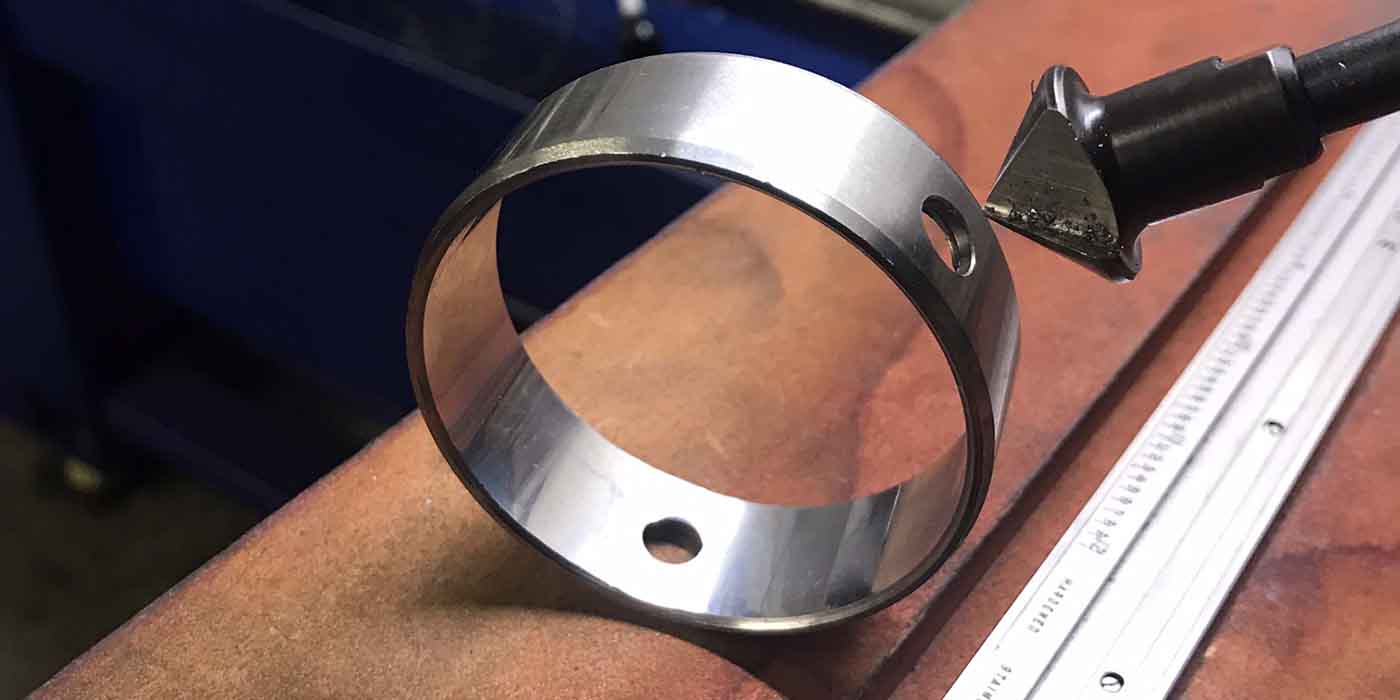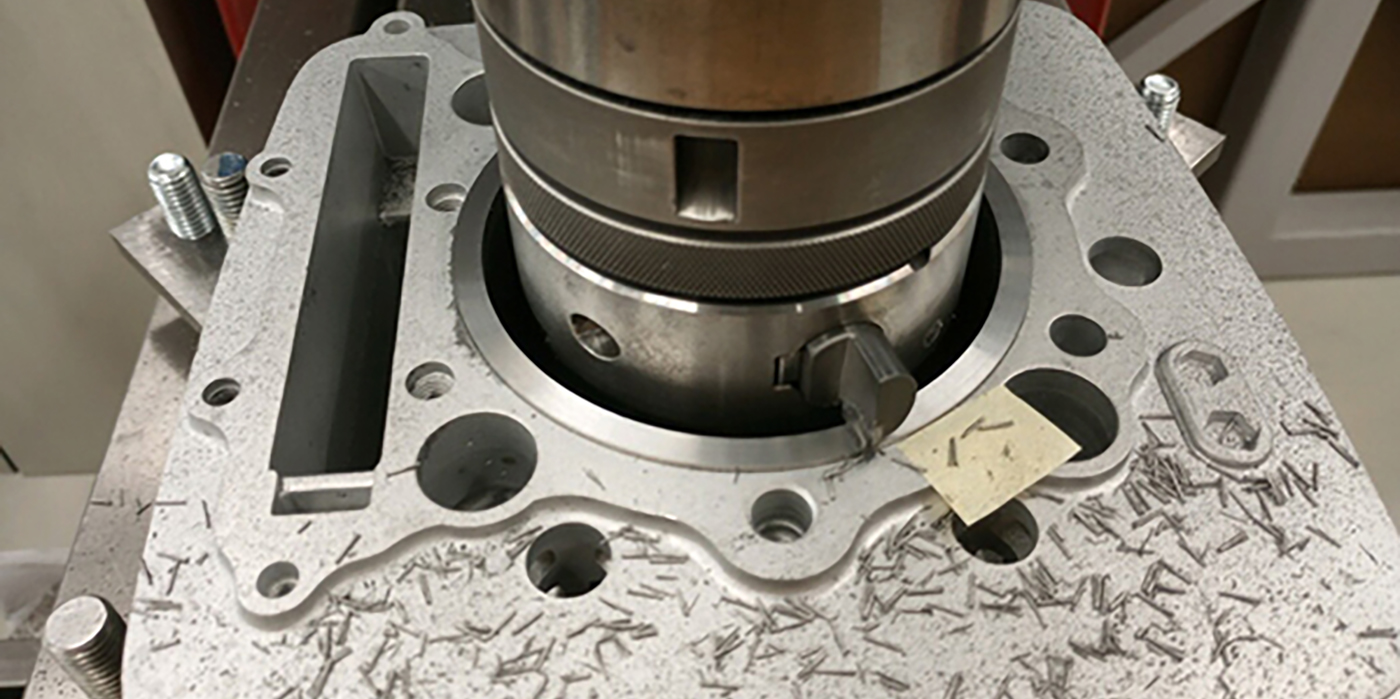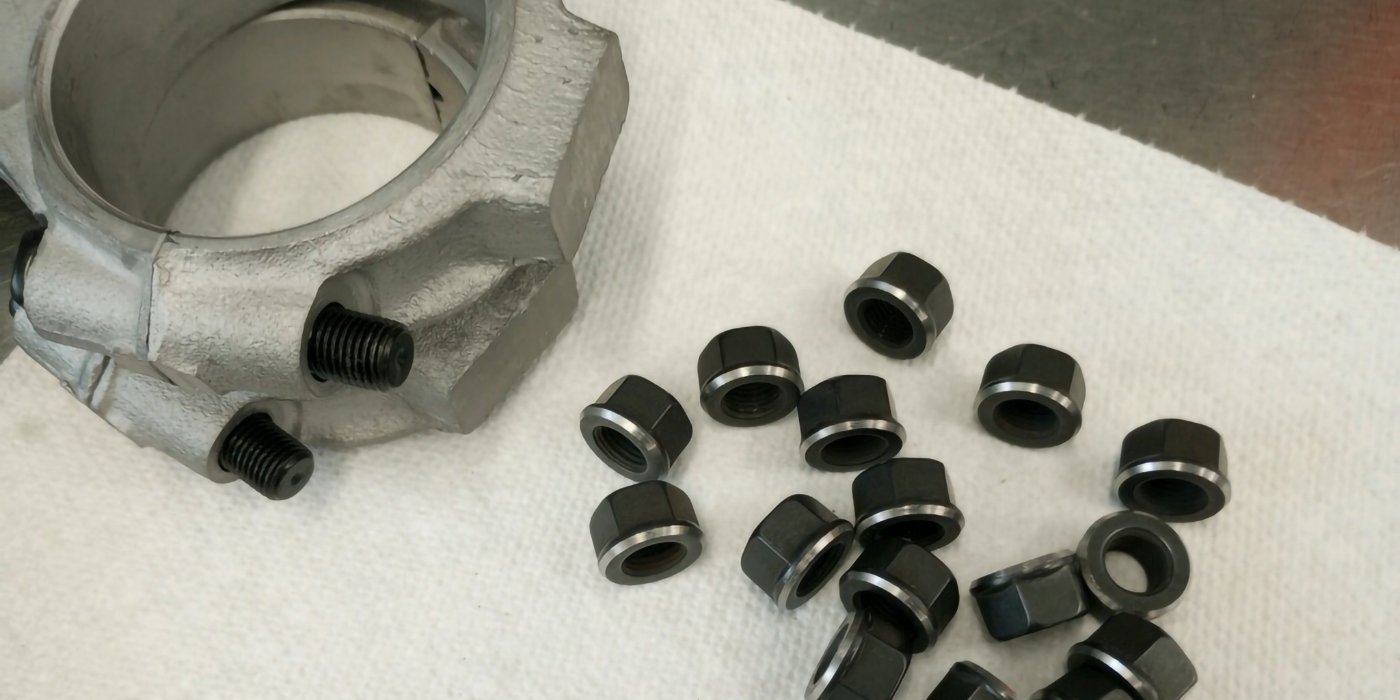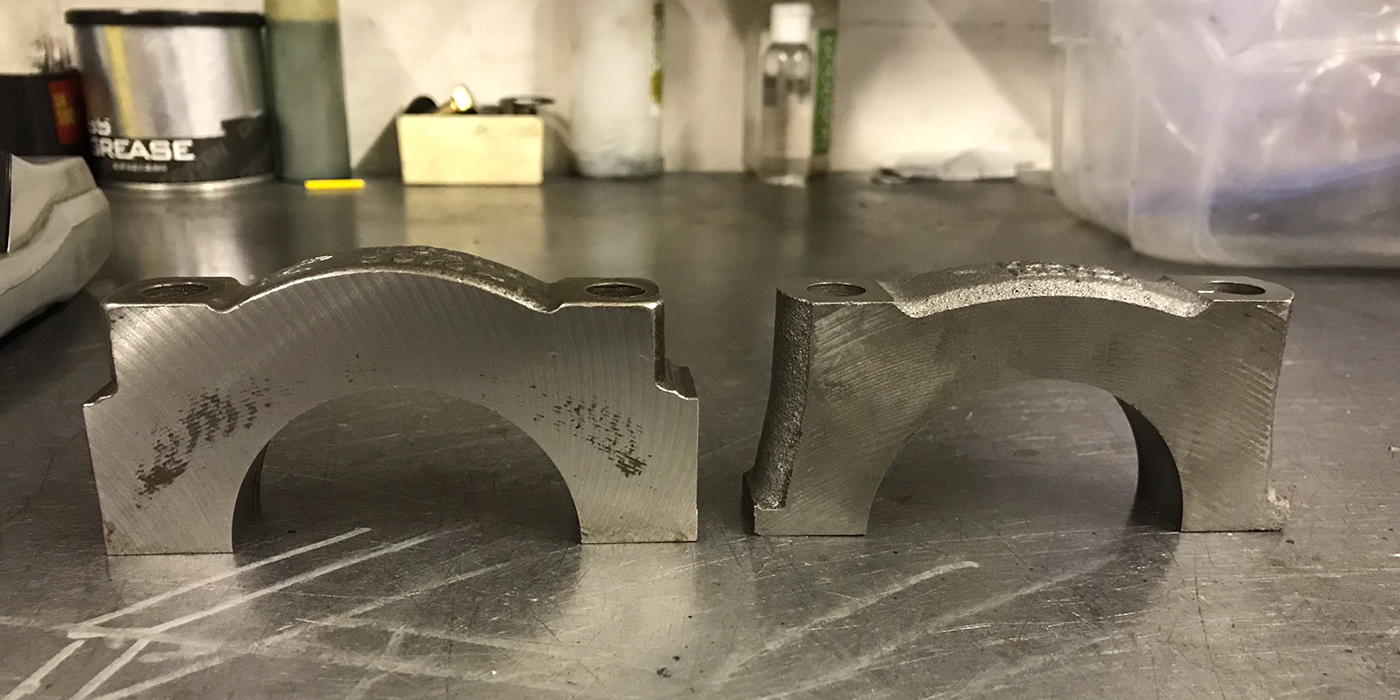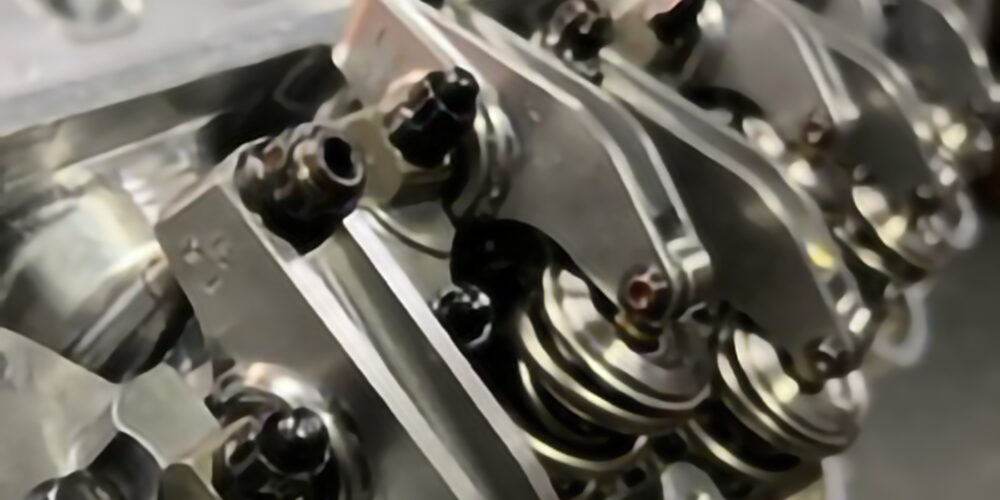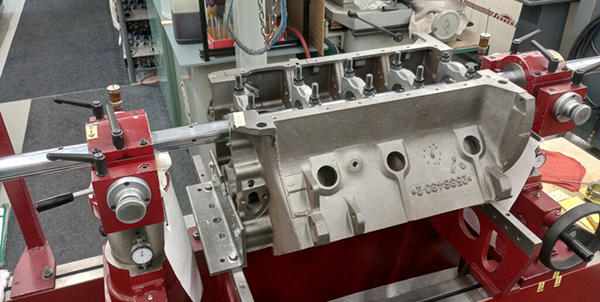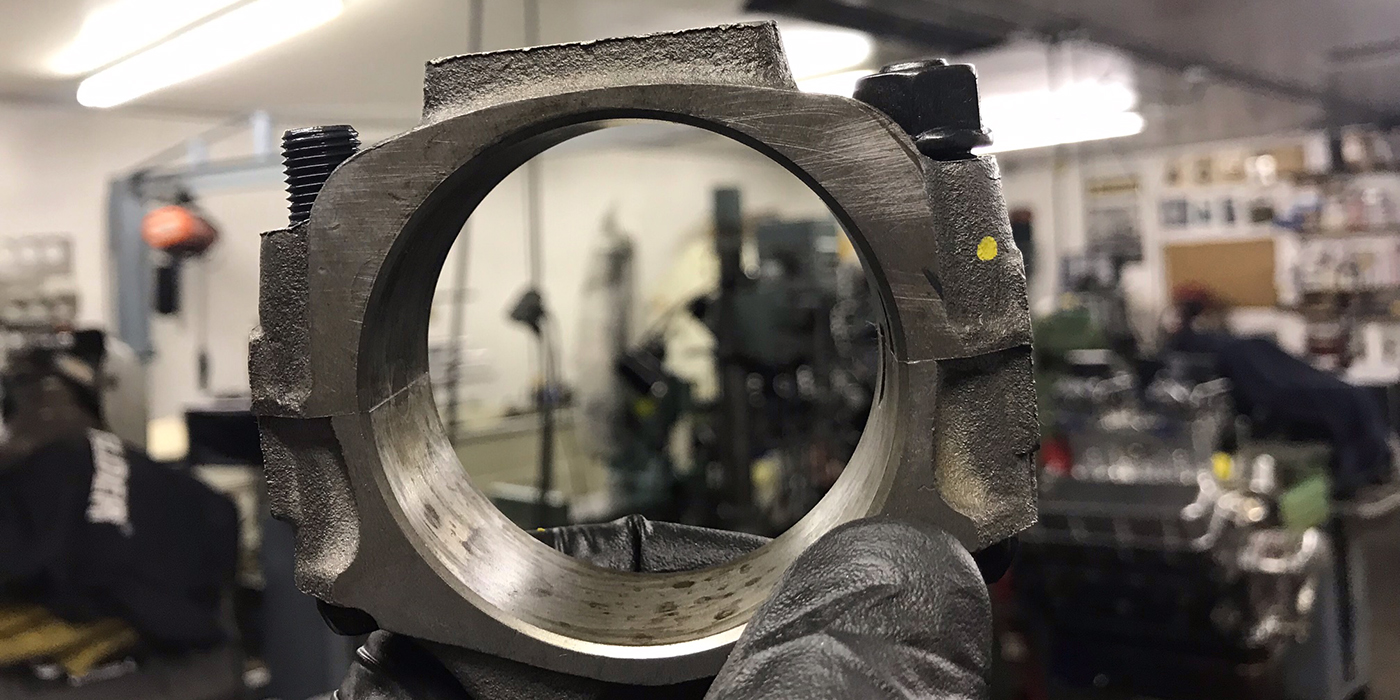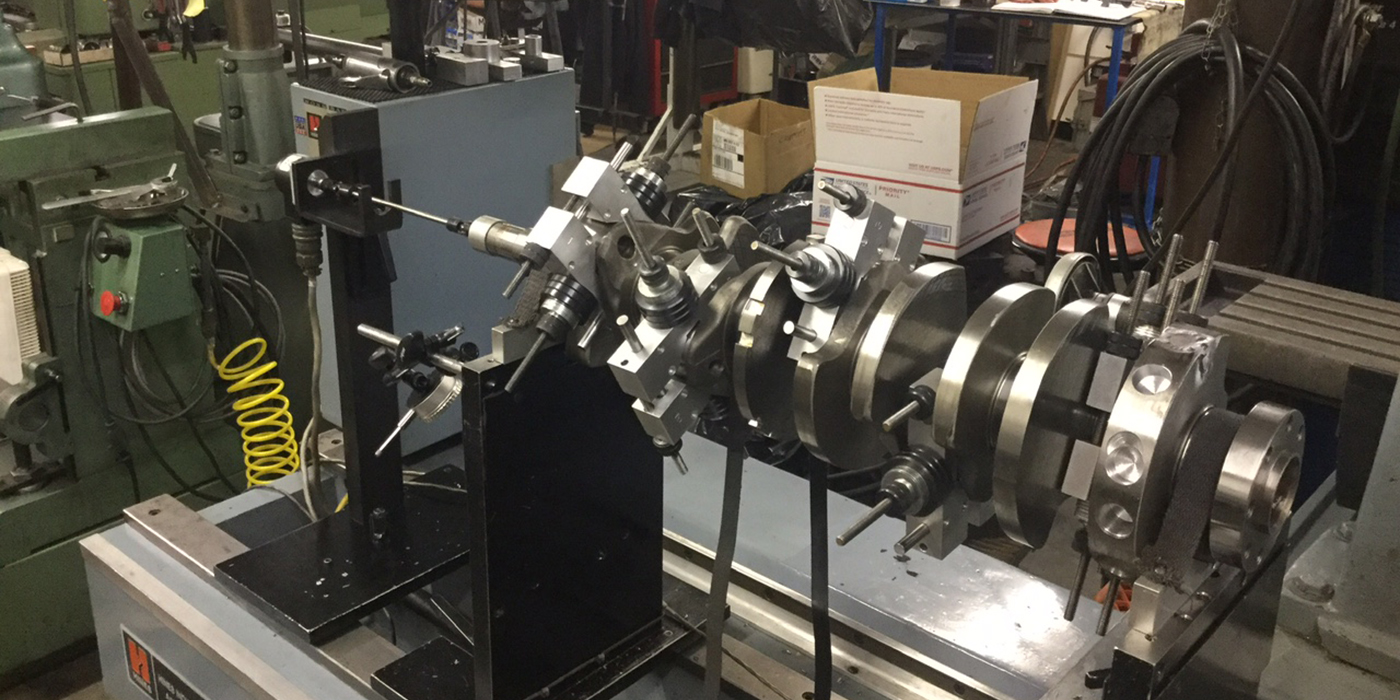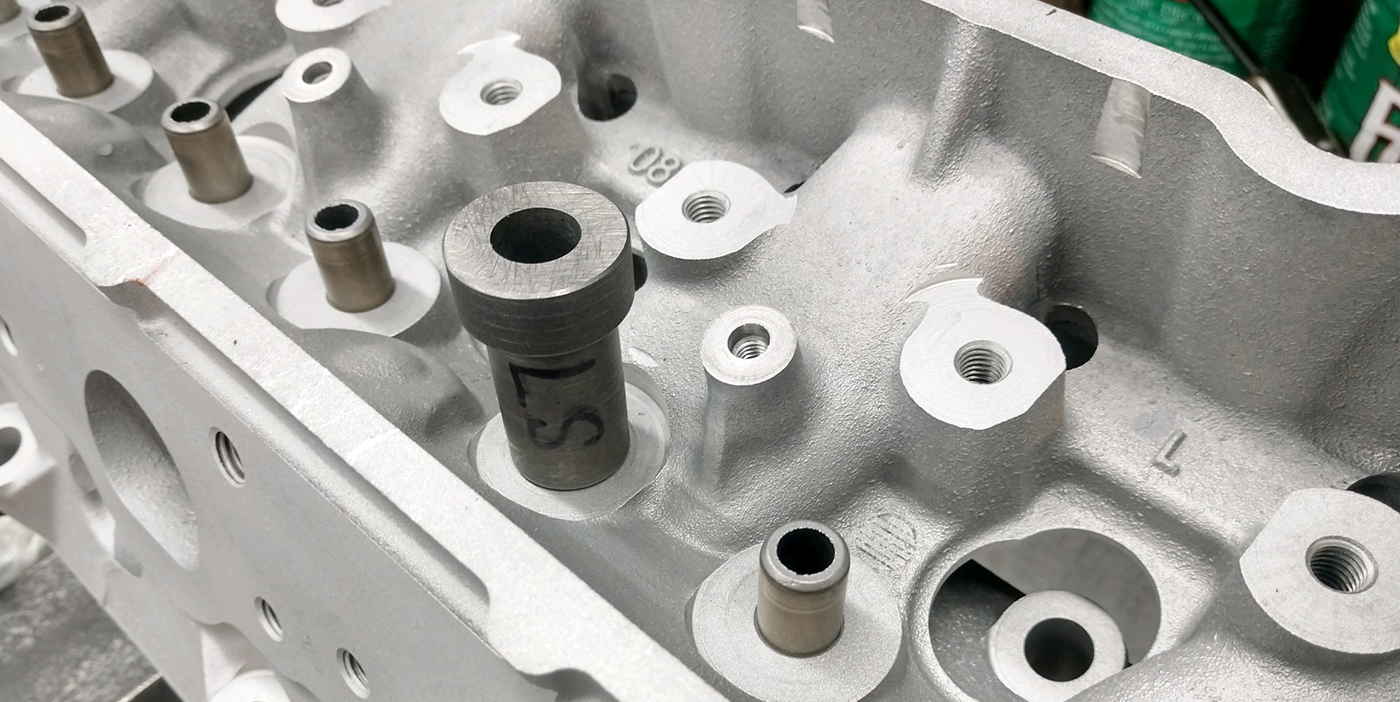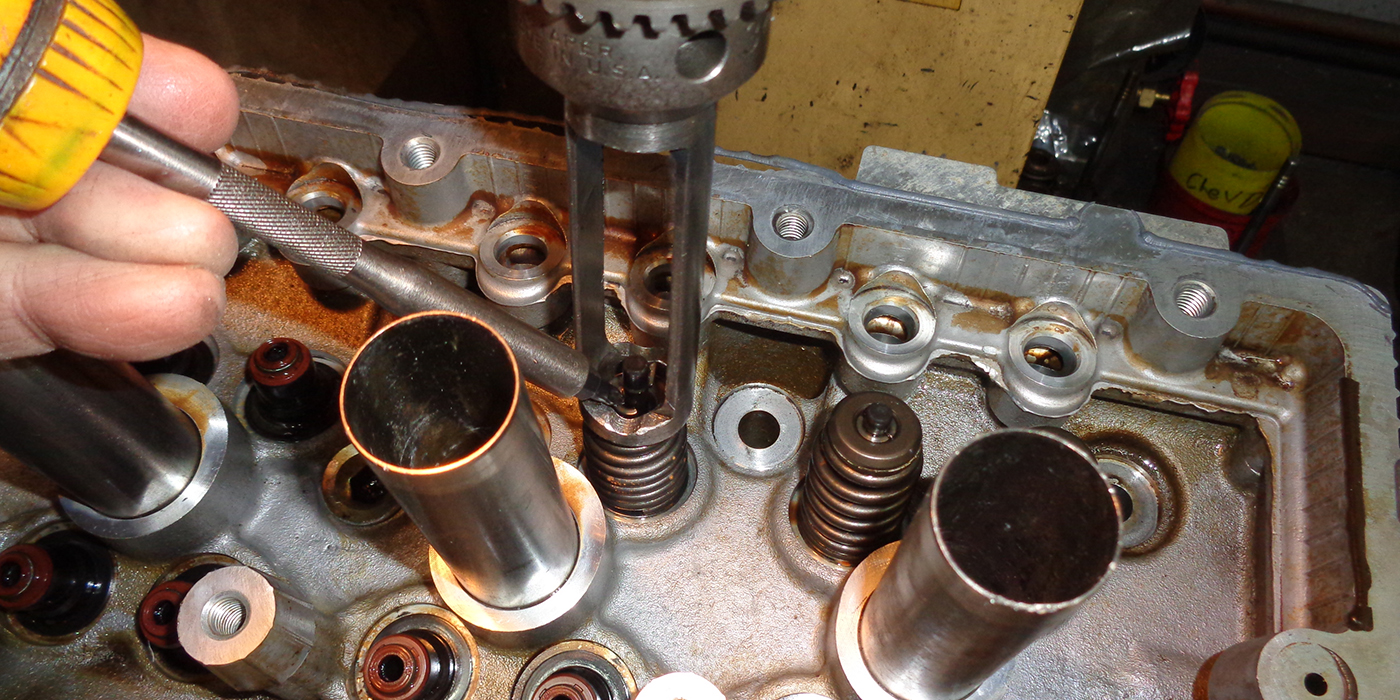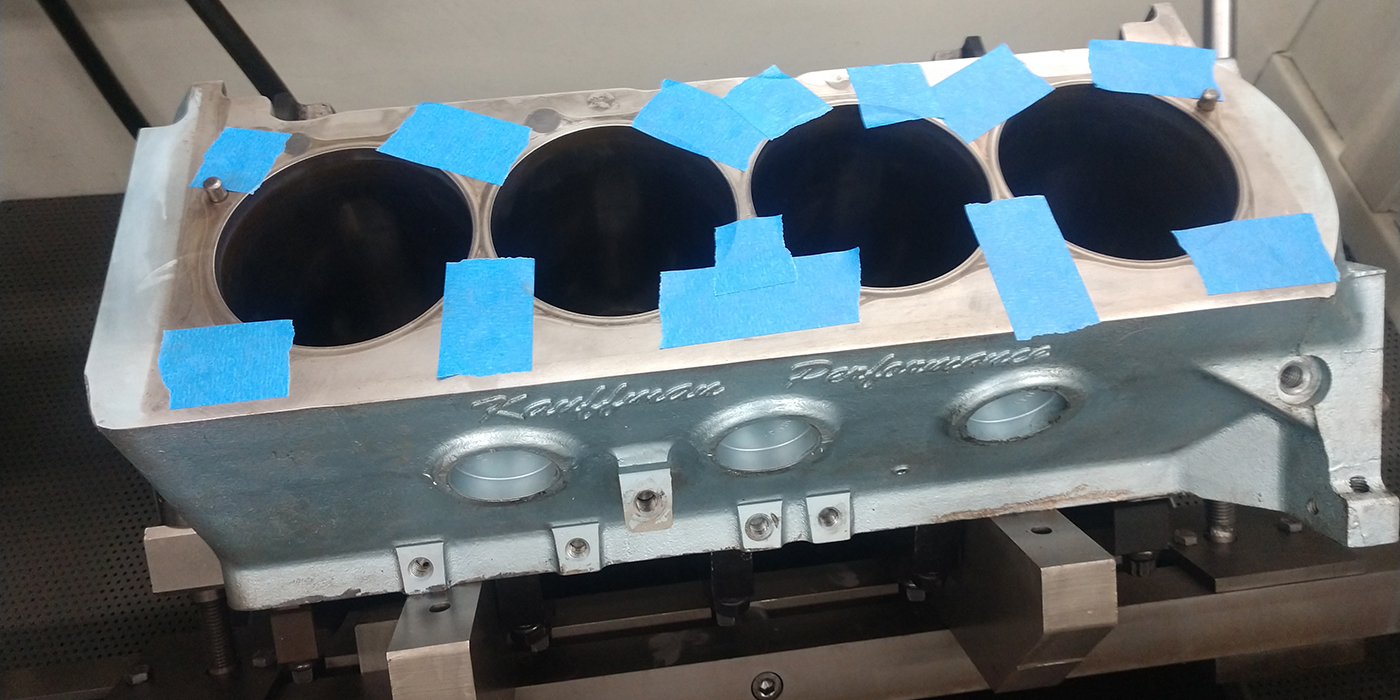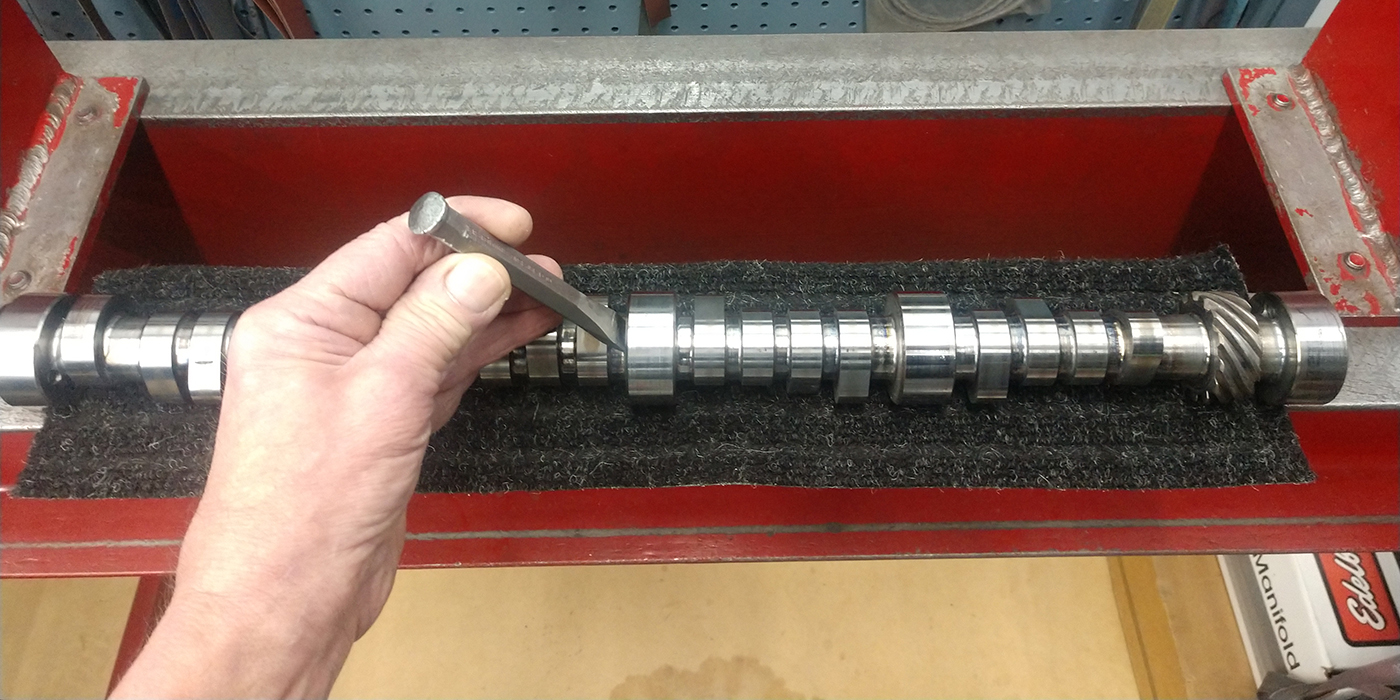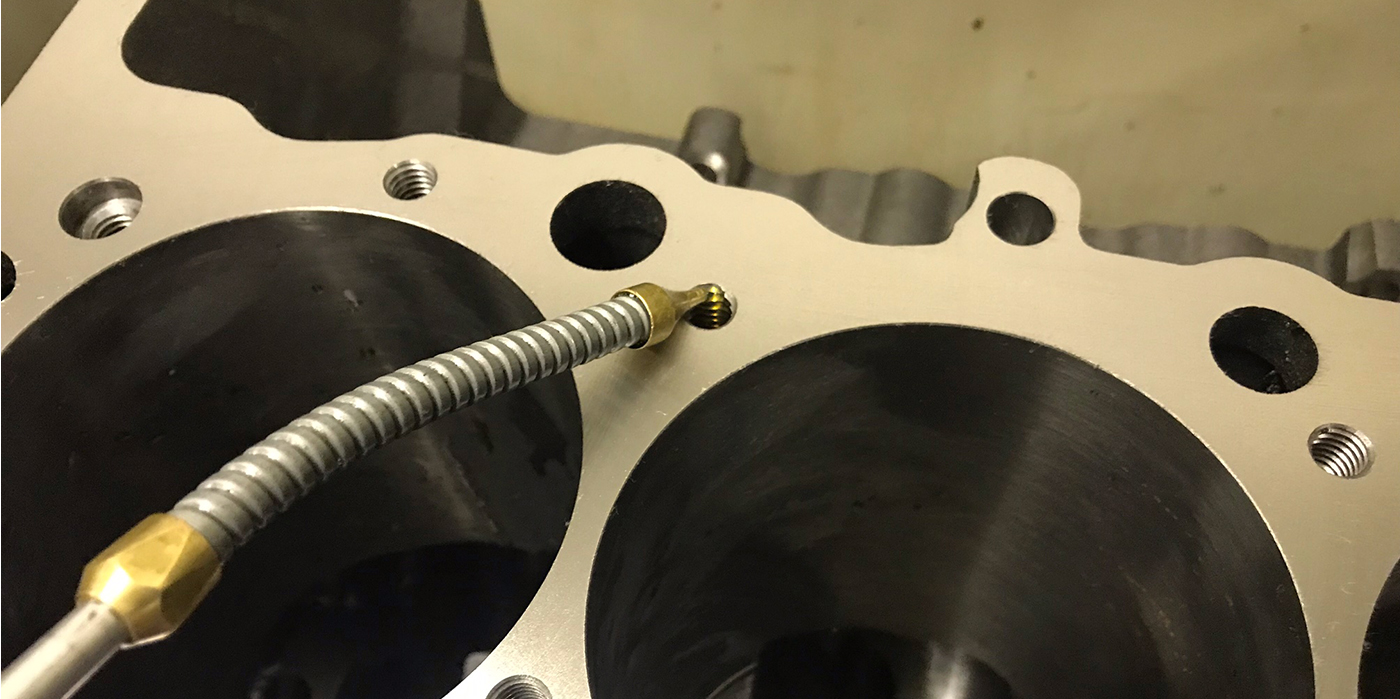Solution for Pre-mature Camshaft Failure on Big Block Chevy Engines
≈Big Block Chevrolet engines are well known for being subject to premature camshaft lobe wear and failure. Here are ways to help relieve this problem.
When replacing a hydraulic camshaft, instead of using the OE type of lifter (p/n 817 or VL37) use p/n 2095 or VL94, originally designed for use in the 2.8L V6 GM engine. This lifter has a small slot machined vertically on the lifter body which allows more oil to lubricate the lifter to camshaft contact area. Using this lifter has very little effect on engine oil pressure.
On mechanical camshaft applications, use a direct oiling type of lifter. This lifter has a small oil hole in its face to lubricate the lifter to camshaft contact area.
Alternative Performance
Paso Robles, CA
Pre-Lubricating Late-Model Engines
Many late-model overhead camshaft engines are difficult to properly pre-lube before initial startup, especially if the engine does not have a distributor or oil pump drive.
≈ One method of priming is to disable the ignition and fuel systems and crank the engine until oil pressure is indicated on a mechanical oil pressure gauge. The difficulty in pre-lubing an engine in this way is that pressure fed timing chain tensioners do not operate allowing the timing to jump.
An excellent way to prime any engine is by using an engine pre-lube tank. This unit will prime all the internal parts of the engine before initial startup. It only takes a few seconds to complete the pre-lube, including pressurizing the timing tensioner(s) which maintains proper tension and camshaft timing, thereby preventing a comeback or costly repairs.
Jeff Gentz
Gopher Engine
Minneapolis, MN
Quick and Easy Method for Checking Hydraulic Lifter Pre-load
Here is an efficient method of checking hydraulic lifter pre-load when using non-adjustable rocker arms.
With the cam, hydraulic lifters and pushrods in place, install the rocker arm assembly. Use the prescribed method in your manual and torque all bolts in proper sequence. Pick a cylinder that you wish to check. Hand rotate the engine in its normal direction of rotation until both valves are closed.
This is the compression cycle for that cylinder (at this position the valve springs are at the lowest tension, making the job a little easier.) Wait a few minutes, allowing the lifters to bleed down. Next, lay a rigid straightedge across the cylinder head supporting it on the surface of the head where the valve cover gasket fits.
Using a metal scribe and the straightedge, carefully scribe a line on both pushrods. Then carefully remove the torque from all valvetrain bolts, removing any pressure from the pushrods. Wait a few minutes for the pushrod seat in the hydraulic lifter to move back to the neutral position. Carefully scribe a new line on both pushrods.
Measure the distance between the two scribe marks; it represents the amount of lifter pre-load. If the lines are .020? to .060? apart, you have sufficient pre-load. If the lines are further apart than .060? you have excessive lifter pre-load. To bring the pre-load into tolerance, consult your manual or call your camshaft suppliers hotline.
Karl’s Machine Shop
Corona, CA
Moveable Multi-use Shop Hoist
≈ This A-frame hoist can span an entire machine shop, moving blocks and other parts to all locations in the shop. One end rests in a track running along one wall. Interlocking wheels are mounted to the opposite corners of the A-frame keeping the hoist square and on a path parallel to the wall. The frame is welded using ‘I’ beam angle-iron, and can lift up to 2,000 pounds.
Will Schaller
Ag & Industrial Engine Machine
Norfolk, NE
Measuring Bearing Thickness
Bearing thickness is greatest at the top center and bottom center (90-degrees from the parting line). For this reason, always measure a bearing at a point 90-degrees to the parting line, in order to determine what your minimum oil clearance will be. When measuring bearing wall thickness, use a micrometer that features a ball-shaped anvil (use of a flat-anvil mike will result in an inaccurate reading).
Mahle-Clevite Corp.




